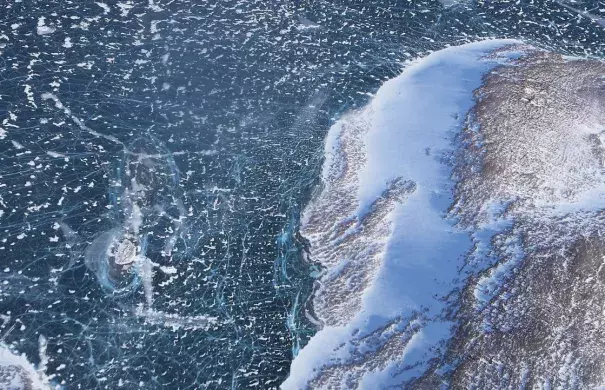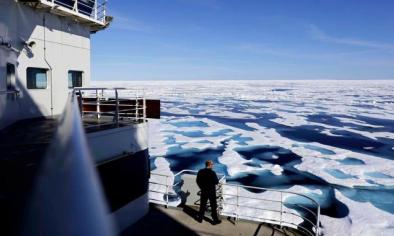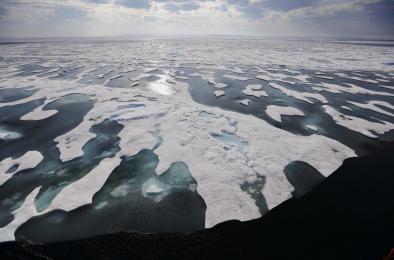How a Melting Arctic Changes Everything: Part I

The story of the Arctic begins with temperature but it’s so much more—this is a tale about oil and economics, about humanity and science, about politics and borders and the emerging risk of an emboldened and growing Russian empire.
The world as a whole has warmed about 0.9 degrees Celsius (1.7 degrees Fahrenheit) since 1880. Arctic temperatures have risen twice that amount during the same time period. The most recent year analyzed, October 2015 to September 2016, was 3.5C warmer than the early 1900s, according to the 2016 Arctic Report Card. Northern Canada, Svalbard, Norway and Russia’s Kara Sea reached an astounding 14C (25F) higher than normal last fall.
Scientists refer to these dramatic physical changes as “Arctic amplification,” or positive feedback loops. It’s a little bit like compound interest. A small change snowballs, and Arctic conditions become much less Arctic, much more quickly.
Related Content




